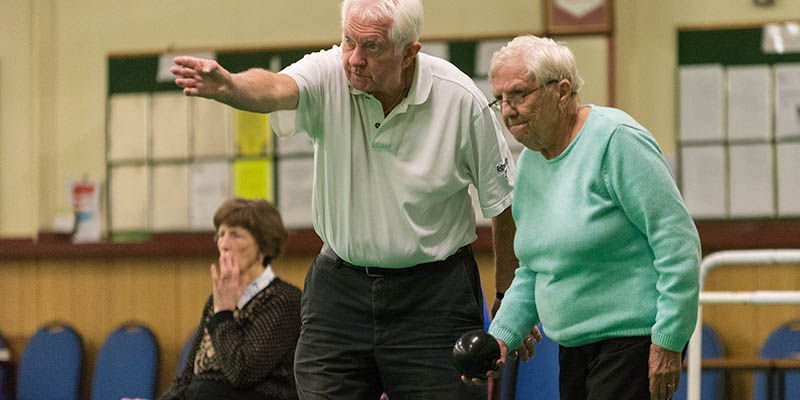
This population covers a wide range of ages and physical function from the athletic to the frail and immobile. This set of guidelines applies to all adults aged 65 years and over.
Physical activity guidelines for older adults
- Older adults should participate in daily physical activity to gain health benefits, including maintenance of good physical and mental health, wellbeing, and social functioning. Some physical activity is better than none: even light activity brings some health benefits compared to being sedentary, while more daily physical activity provides greater health and social benefits.
- Older adults should maintain or improve their physical function by undertaking activities aimed at improving or maintaining muscle strength, balance and flexibility on at least two days a week. These could be combined with sessions involving moderate aerobic activity or could be additional sessions aimed specifically at these components of fitness.
- Each week older adults should aim to accumulate 150 minutes (two and a half hours) of moderate intensity aerobic activity, building up gradually from current levels. Those who are already regularly active can achieve these benefits through 75 minutes of vigorous intensity activity, or a combination of moderate and vigorous activity, to achieve greater benefits. Weight-bearing activities which create an impact through the body help to maintain bone health.
- Older adults should break up prolonged periods of being sedentary with light activity when physically possible, or at least with standing, as this has distinct health benefits for older people.
These guidelines are designed to help professionals and practitioners understand the type and amount of physical activity older adults should do to benefit their health.
Guideline information booklets
We have produced a series of three booklets designed to assist those who work with older people to interpret the UK physical activity guidelines into appropriate messages. There are three booklets designed to reflect the differences among the older population.
Those who are already active either through daily walking, an active job and/or who are engaging in regular recreational or sporting activity
DownloadOlder people whose function is declining due to low levels of activity and too much sedentary time, who may have lost muscle strength and/or are overweight but otherwise remain reasonably healthy
DownloadThose who are identified as being frail or have very low physical or cognitive function, perhaps as a result of chronic disease such as arthritis, dementia or advanced old age itself.
DownloadEvidence briefing for practitioners
Our evidence briefing focuses on physical activity and adults aged 65 and over. This document is designed for professionals who require a review of the available evidence. It includes information on health outcomes of physical activity, current levels and implications of practice.
Practical ideas for promoting physical activity
We have also produced a practice briefing to provide evidence-based practical strategies to effectively promote physical activity with older adults. It particularly focuses on people aged 65 and over who are already active or in transition towards becoming frailer and centres on enabling them to continue living independently.